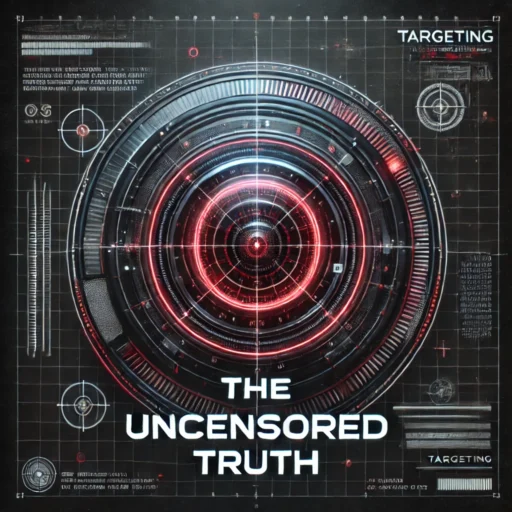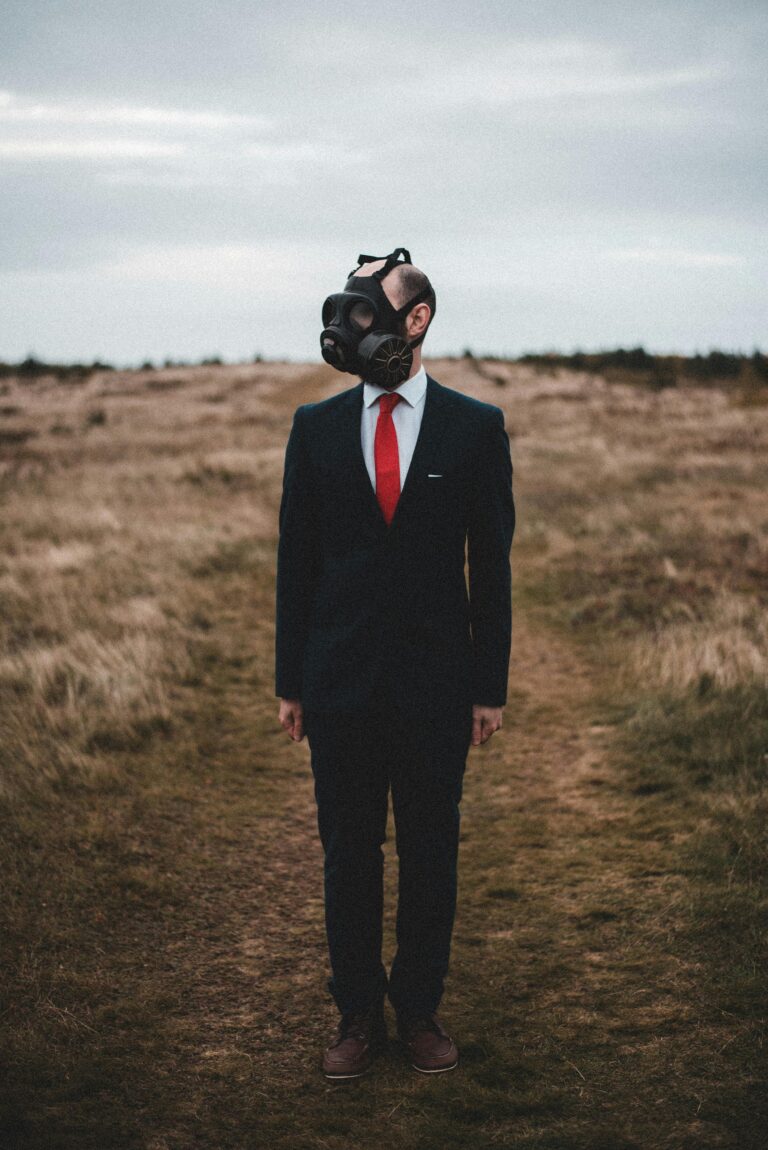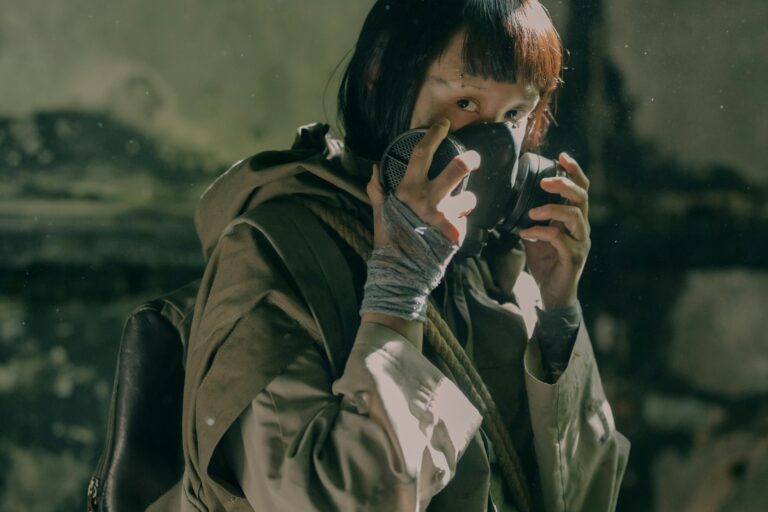In an era where billionaires are celebrated as forward-thinking problem-solvers — funding global health initiatives, championing sustainability, and launching rockets toward Mars — a quieter, more unsettling trend is taking shape. Across the world, members of the ultra-wealthy class are investing in fortified, fully autonomous underground bunkers. These aren’t fringe projects or prepper fantasies — they’re high-tech survival compounds built to withstand catastrophic disruption. And their growing popularity raises a pressing question: what do they know that the rest of us don’t?
From Opulence to Isolation: The Rise of the Bunker Economy
Luxury underground bunkers are no longer hypothetical. Companies such as Rising S Company in Texas, Survival Condo in Kansas, and Oppidum in Switzerland have all reported surges in demand for elite-level shelters. Their products range from $1.5 million single-family bunkers to sprawling multi-level complexes complete with biometric access systems, climate-controlled vaults, drone defense networks, hydroponic farms, and private cinemas.
Oppidum’s CEO has publicly referred to these facilities as “life assurance assets.” Not life insurance — life assurance. It’s a subtle but telling distinction.
In 2022, The Guardian and Bloomberg both published investigations into a growing number of ultra-high-net-worth individuals buying up remote land in politically stable countries such as New Zealand and Iceland. Among them are prominent tech executives and financial investors, including PayPal co-founder Peter Thiel. According to property registries, many of these plots are situated well above sea level, far from urban centers, and include plans for underground infrastructure.
🔧 “We Just Followed the Blueprint”
While most construction details are shrouded in non-disclosure agreements, former engineers and contractors have anonymously spoken to journalists about the scope of these projects.
“We installed solar backup batteries, military-grade air filtration, and radiation shielding — the type you’d expect in a nuclear submarine,” said one electrical systems specialist. “We never saw the entire structure, but based on what we handled, these places are designed for long-term isolation.”
Another structural engineer described working on a site in South Dakota:
“It had reinforced concrete several feet thick, independent water supplies, and EMP shielding. We weren’t told who it was for, but the security clearances were tighter than anything I’d seen outside military work.”
From South Dakota’s converted missile silos to mountain-hardened complexes in the Swiss Alps, the trend is clear — a parallel infrastructure is being built, often in silence.
MIT Technology Review has also reported on the shift from fringe prepper culture to mainstream high-net-worth asset management, confirming this trend is now global and accelerating.
🌍 A Global Map of Elite Survival
Analysis of satellite data and real estate records by security consultancy firms points to hotspots where underground bunkers and survival properties are most in demand:
-
New Zealand: The South Island is a favored destination, often called the “doomsday capital” due to its isolation, clean water, and political neutrality. Real estate prices in certain remote regions have soared since 2020.
-
South Dakota: Decommissioned U.S. military facilities, especially old missile silos, have been repurposed into private survival shelters.
-
Scandinavia and the Alps: Underground developments in Sweden and Switzerland focus on seismic safety and long-term energy independence.
Many of these properties are not advertised publicly. Transactions are brokered through shell companies and private security firms, with agents reporting increased inquiries specifically focused on autonomy: “How long can this remain sealed?” “Can it run without resupply?” “How defensible is the location?”
One real estate agent specializing in such properties described the shift:
“Ten years ago, the wealthy wanted lake views and ski chalets. Now they want altitude, water rights, and autonomous energy systems.”
🧠 From Resilience to Retreat: What Are They Preparing For?
The motivations aren’t purely speculative — there are real concerns driving these investments. While public statements from billionaires emphasize innovation and resilience, their private choices suggest that at least some are preparing for structural collapse, not recovery.
Among the most commonly cited threats:
-
Climate crisis escalation: Despite investment in renewable energy, many elite bunkers are being built in zones mapped as “climate stable” — areas expected to avoid the worst of flooding, wildfire, and extreme temperatures. Their fortifications suggest they’re preparing not just for weather events, but for the potential societal chaos that could follow.
-
AI disruption and mass unemployment: With artificial intelligence advancing rapidly, even the technology’s creators have expressed concerns about job loss, wealth inequality, and civil unrest. Preparing for a breakdown of economic order isn’t irrational — it may be prudent.
-
Pandemics and biosecurity failures: After COVID-19, the idea of a sudden global shutdown no longer feels theoretical. Global Health Security Index reports continue to rank many countries as “not fully prepared” for engineered or zoonotic outbreaks.
-
Geopolitical instability and cyberwarfare: The Russia-Ukraine war, tensions in the Taiwan Strait, and increasing reliance on digital infrastructure all contribute to a sense of global fragility. Some underground bunkers include Faraday cages and off-grid comms — tools more commonly seen in military installations.
“They’re not waiting for the warning siren,” said a former intelligence consultant who now advises on secure architecture. “They’re building for it now, because once the collapse begins, access to materials, transport, even skilled labor — it all vanishes.”
🚗 Are They Also Planning To Stop You Owning Your Own Car?
🫥 Philanthropy on the Surface, Panic Underground?
The contradiction is striking. The same individuals funding climate conferences, pandemic planning forums, and space exploration are simultaneously constructing private sanctuaries where none of those solutions apply.
Some critics argue that this reveals the underlying philosophy of “exit over empathy.” Rather than fixing broken systems for everyone, elites are ensuring their own survival first.
“It’s not that they’re preparing and we’re not,” said one sociologist. “It’s that their preparation assumes they’ll survive while the rest of us don’t. That’s not caution — that’s abandonment.”
Others see it as a sign that those with access to the most data, modeling, and private intelligence see a tipping point approaching — one that public messaging has downplayed to avoid panic or unrest.
And unlike old prepper stereotypes, these underground bunkers are not being built by conspiracy theorists. They’re being commissioned by those at the heart of global finance, technology, and policymaking — people with deep visibility into global systems and the means to quietly secure their own future.
🚪 The Quiet Exit Strategy
If you look closely, it’s not hard to see how the narrative is splitting.
Publicly, we’re told to trust systems, to be resilient, to work together. Yet in private, many of those same voices are designing lives that function completely apart from the systems they promote.
And the secrecy is telling. These bunkers are not architectural showpieces. They’re buried, sealed, hidden. Many are constructed using rotating subcontractors — a tactic designed to ensure that no single entity understands the full layout.
“They’re not prepping in public,” said an anonymous defense contractor. “They’re prepping in silence. And that should worry people more than any alarm bell.”
⚖️ Conclusion: Preparation or Quiet Segregation?
Maybe these bunkers are just a high-priced form of caution — worst-case scenario insurance policies for those who can afford it. But their scale, secrecy, and growing ubiquity point toward something more deliberate.
Underground bunkers represent not just fear of collapse, but a decision about who gets to survive it.
They are private arks — built not to save society, but to save individuals who no longer trust society to hold together.
And perhaps the most sobering part of all is this:
The people building the lifeboats are often the same ones steering the ship.








